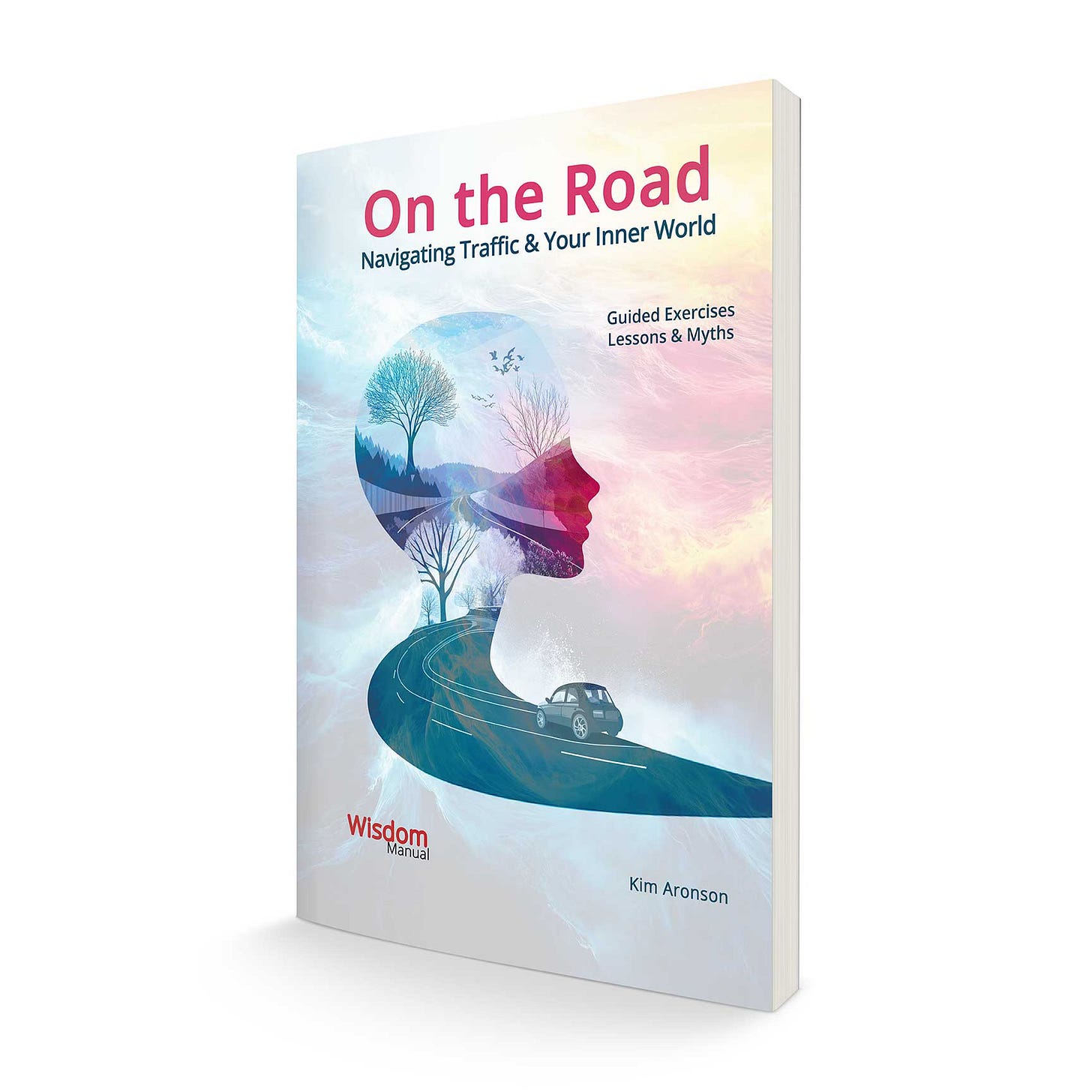AI Writing is Like Driving in Traffic
There’s a strange phenomenon I’ve noticed lately. More and more people, after stopping at a red light, don’t start driving again when the light turns green. Their bodies are in the car, but their minds are lost in their phones. It’s as if the moment the car stops, so does their awareness.
This is what ungrounded living looks like. And it’s not just happening on the road.
It happens when we use AI, too.
When I first started using AI to write books, I was overwhelmed by the possibilities. It felt like I had been handed a superpower—the ability to write anything, instantly. So, like any excited driver with a new sports car, I just went for it. AI was generating paragraphs faster than I could process them. I leaned in, let it do its thing, and marveled at the results.
But over time, something shifted.
I realized I wasn’t driving anymore. AI had taken the wheel. I was just reacting to what it gave me instead of shaping the work myself.
And that’s when I saw the parallel: AI writing is like driving in traffic.
Are You Driving or Letting AI Drive You?
Just as drivers lose themselves in their iPhones at red lights, we AI writers can become too dependent on automation, losing touch with our creative flow. AI is like cruise control—it makes things smoother, but if we rely on it too much, we lose our ability to react to unexpected turns.
The best writing happens when we engage. AI is a co-pilot, not the driver.
Think about traffic. You can’t control how fast the cars ahead of you move. You can’t force the road to clear ahead of you. But you can choose how you navigate it. AI can speed up certain processes, but it won’t eliminate obstacles. The key is to embrace writing as a dynamic journey—one that requires patience, awareness, and active decision-making
The Personas We Bring to AI Writing
In my book On the Road, I talk about the different personas we adopt when driving—the aggressive driver, the overly cautious one, the anxious commuter. We all have different personas depending on our habits, mood, and circumstances.
AI writing has its personas, too.
Some writers rely on AI for everything, letting it do all the heavy lifting. They copy, paste, and move on. Others overcorrect every AI-generated sentence, afraid to trust the process.
Awareness of these personas can help us find a balance. Just as mindful drivers adjust their habits to navigate traffic more smoothly, mindful AI writers develop a deeper relationship with their tools.
Mindfulness Behind the Wheel, Mindfulness on the Page
Writing with AI requires a similar presence to driving. It’s about pausing to reflect on what’s generated, fine-tuning prompts, and ensuring that the words resonate with us rather than just accepting what AI produces.
Just as mindful driving leads to safer, more connected experiences, mindful AI writing leads to more authentic, meaningful work.
It’s easy to let AI take over, just like it’s easy to lose yourself in a phone at a red light. And soon, even that won’t matter—because self-driving cars are on the way. It’s ironic, really. Just as AI "can do everything" for us in writing, cars are starting to drive themselves, too. But if we let automation take over entirely, in either case, we lose something vital: awareness, agency, and the ability to steer our own course. If you don’t stay engaged—if you don’t keep your hands on the wheel, literally or metaphorically—you risk losing the human touch that makes writing meaningful. AI can generate words, but only we can infuse them with life, emotion, and real-world experience.
The Green Light is On—Are You Ready to Drive?
The challenge isn’t to reject AI or overuse it—it’s to use it well. To stay present. To collaborate rather than surrender.
Because the green light is on. And if we’re too lost in distraction, we won’t notice when it’s time to move.




